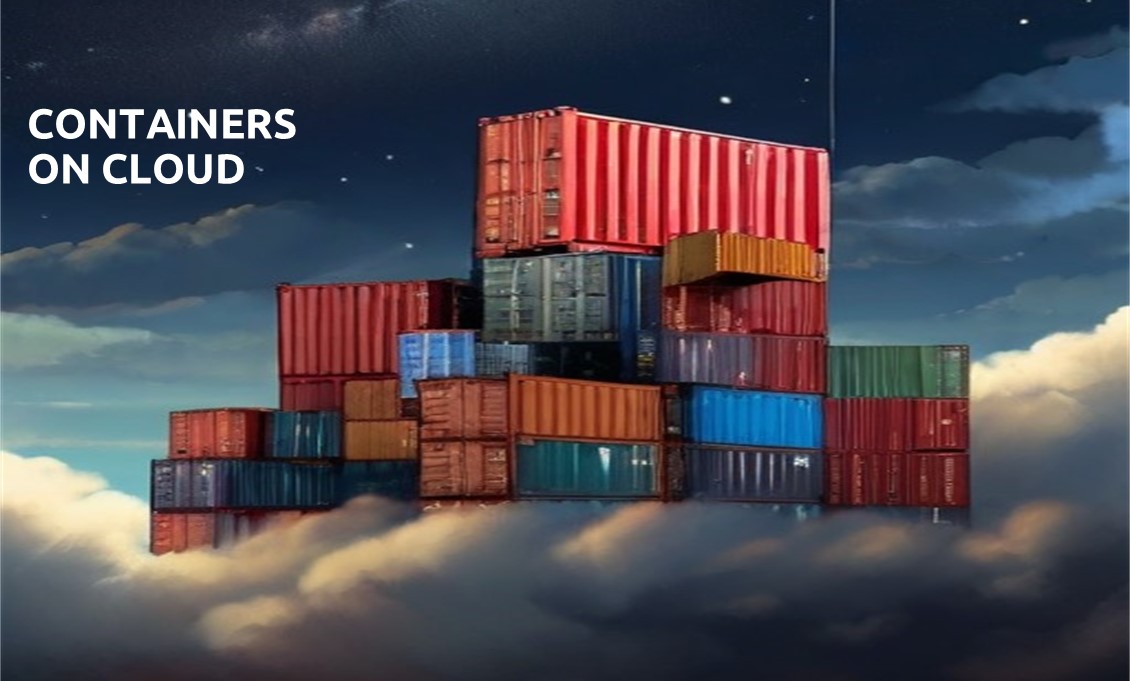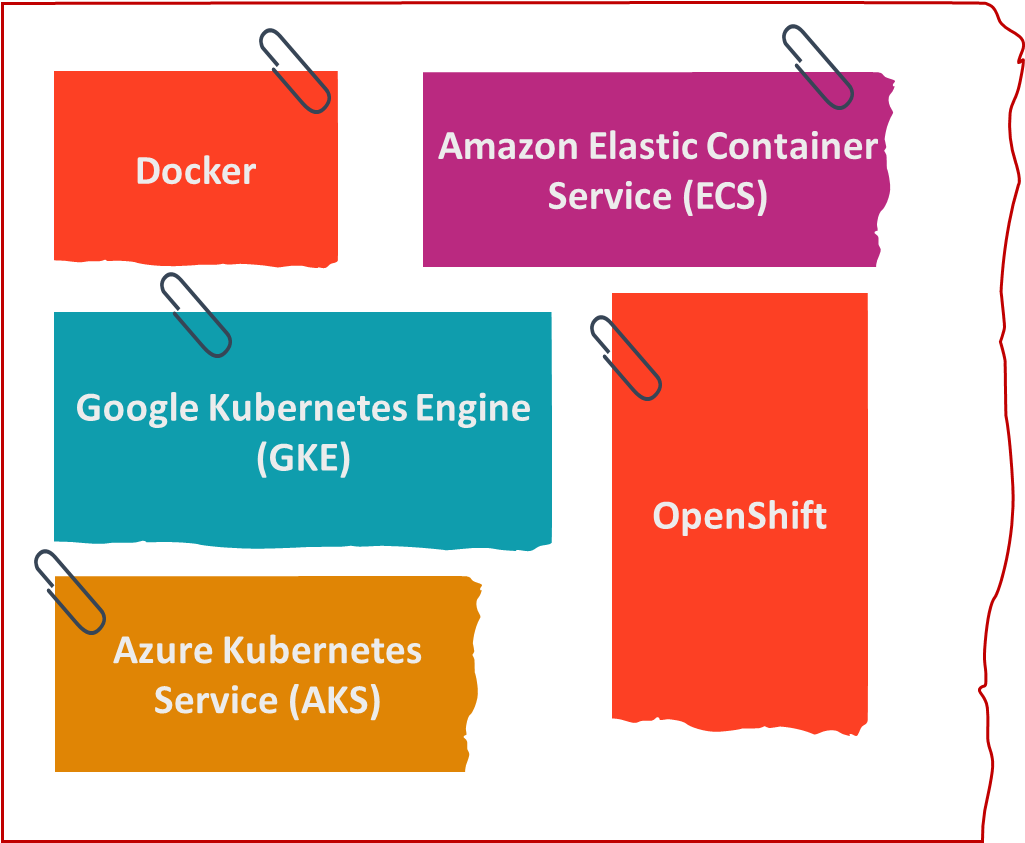Containerization on Cloud

Containerization has emerged as a game-changer in the world of cloud computing. Containers offer a lightweight, portable, and efficient way to package, deploy, and manage applications in the cloud.
Key Benefits of Containerization on Cloud:
- Containers are highly portable, allowing applications to run consistently across different cloud environments and on-premises infrastructure.
- Containers are lightweight and share the host operating system’s kernel, leading to optimized resource utilization and cost savings.
- Containers provide application-level isolation, ensuring that applications do not interfere with each other’s processes or dependencies.
- Containers are designed for scalability, making it easy to scale applications up or down based on demand.
- Containers support version control, making it easy to track changes and roll back to previous versions if needed.
- Containerization aligns well with DevOps practices, enabling continuous integration, continuous delivery, and automation of deployment workflows.
- Containerization promotes Infrastructure as Code(IaC) practices, enhancing automation, and reproducibility of deployment configurations.
- Containers are ideal for microservices architectures, allowing applications to be decomposed into smaller, independently deployable services.
- Containers have a rich ecosystem of tools and community support, making it easier for developers to leverage containerization benefits.
Popular Container Tools

- Docker: Docker is one of the most widely used container engines, known for its ease of use and popularity in the development community.
- Amazon Elastic Container Service (ECS): ECS is a container orchestration service provided by Amazon Web Services (AWS) that supports Docker containers.
- Google Kubernetes Engine (GKE): GKE is a managed Kubernetes service offered by Google Cloud Platform (GCP), which allows users to deploy, manage, and scale containerized applications using Kubernetes.
- Azure Kubernetes Service (AKS): AKS is a managed Kubernetes service provided by Microsoft Azure, enabling users to deploy and manage containerized applications using Kubernetes on Azure.
- OpenShift: OpenShift is a Kubernetes-based container platform developed by Red Hat, providing features for building, deploying, and managing containerized applications.
Best Practices
- Use Lightweight Base Images: Start with lightweight base images to reduce container size and improve performance.
- Optimize Container Resources: Configure container resources (CPU, memory) based on application requirements to optimize resource utilization.
- Implement Health Checks: Use health checks to monitor container health and ensure continuous availability of applications.
- Secure Containerized Applications: Implement security best practices such as image scanning, network segmentation, and access control to protect containerized applications.
- Automate Deployment Workflows: Use CI/CD pipelines and infrastructure as code (IaC) tools to automate application deployment, testing, and scaling.
Containerization is transforming the way applications are developed, deployed, and managed on cloud platforms. By leveraging containers, organizations can achieve greater agility, scalability, efficiency, and reliability in their cloud deployments.
CategoriesCloud & Platform

